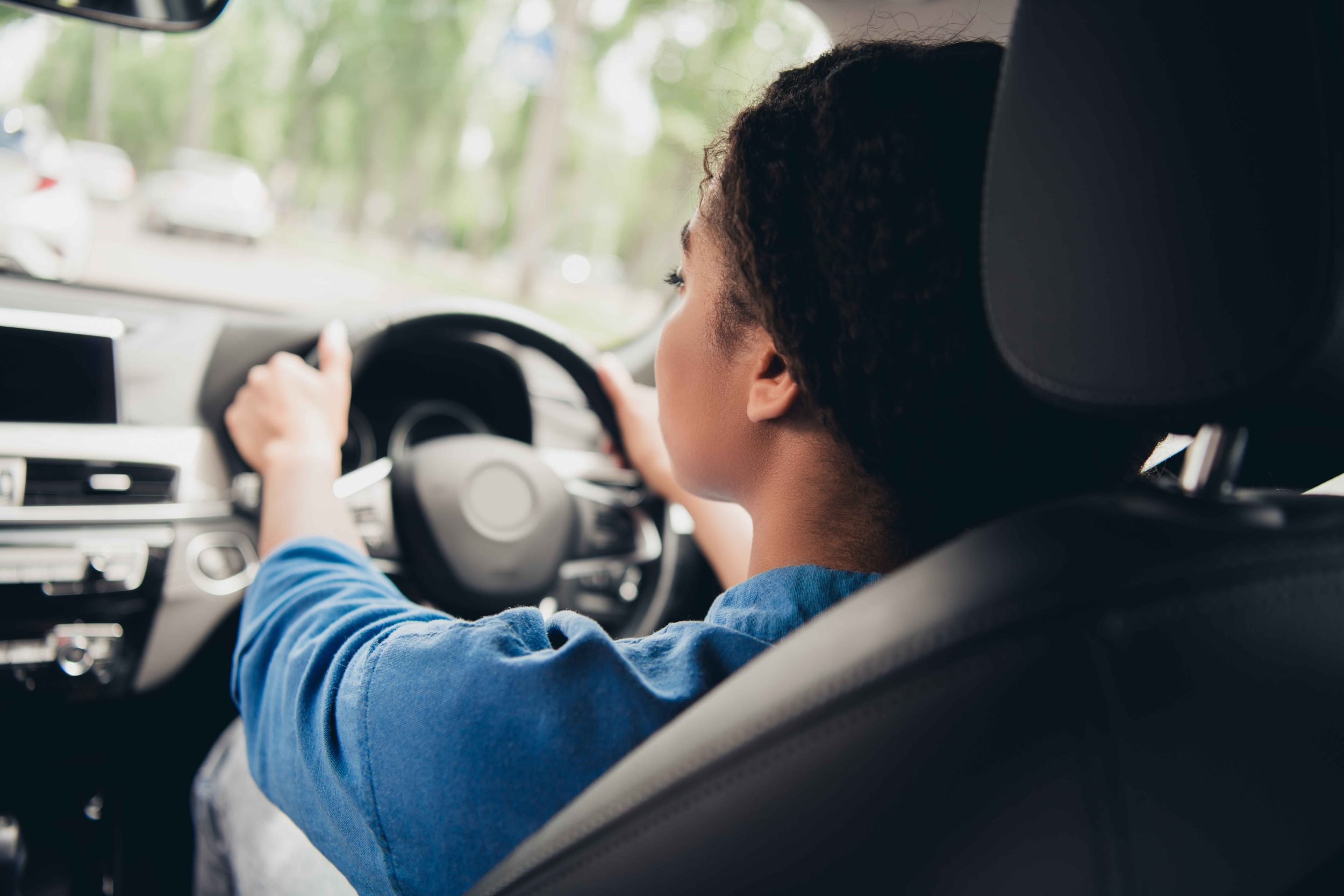Every bit of practice helps and that is why lots of parents from across the UK take their children out in their own cars when they are learning to drive.
The idea of putting your child behind the wheel of one of the family’s most expensive possessions can strike fear into many parents, but there are lots of tips for teaching your child to drive that you can follow.
In this guide we take you through the tips you should follow when taking your child out on the road and what not to do whilst in the passenger seat.
Teaching your child to drive – tips to follow
Take out learner driver insurance
If you are looking at helping your child get a few extra hours behind the wheel you will need to get a quote for temporary learner driver insurance.
You will first need to decide the duration you want the cover to start and then you can buy the policy that suits your needs.
Learner driver insurance has a lot of benefits as it will protect the annual policy holder’s No Claims Discount and you will also receive a refund for your unused premium if you pass your test ahead of schedule.
Ian McIntosh, CEO of RED Driving School explains how important it is to take out learner driver insurance.
“Before you start your practice sessions, be sure to check that your insurance allows you to take out a learner. Once you’re in the passenger seat, stick to the roads you both know well to keep any initial nerves at bay. Don’t forget to give constant encouragement by focusing on what your child is doing well!”
Consider the time of day
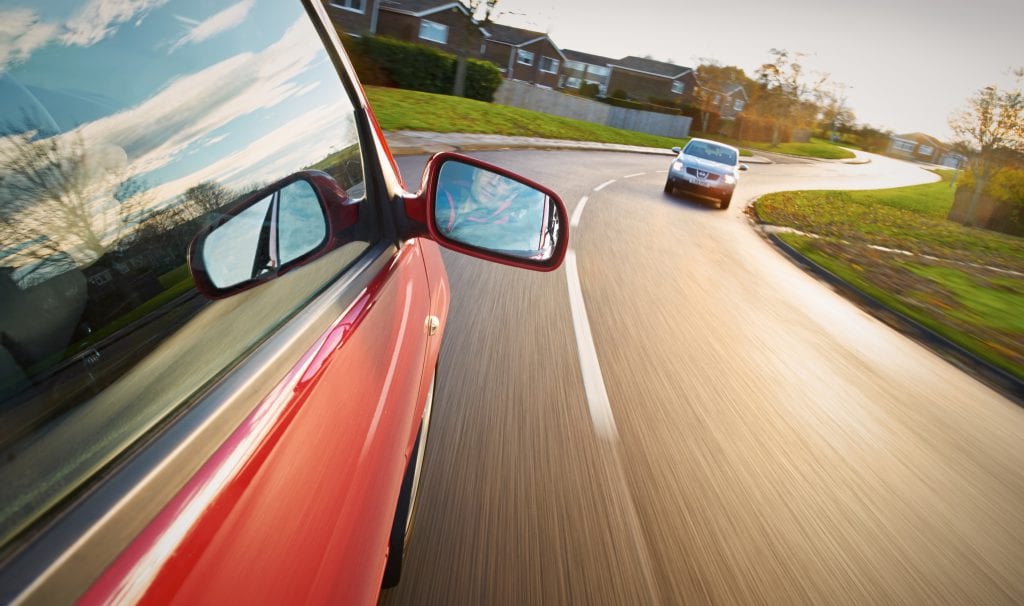
When you start taking out your teen and they are developing their skills, you should first take them out in daylight and when the road conditions are good.
This is something John Adams, a dad of two and the writer behind the award-winning parenting and fatherhood blog Dad Blog UK, thinks you should consider.
“If you are teaching your children how to drive, think carefully about the time of day you are taking your offspring out on the road. It’s best to avoid the rush hour or when parents are collecting kids from school. You want the roads to be empty.”
Plan ahead
Before you start teaching your teenager how to drive you should plan the route you intend to take. Tell your teen the area he or she will be driving and the skills you will be working on. This will help ease their nerves and will give them something to focus on.
As part of this planning ahead you need to consider the directions you give your child. You need to give them lots of notice when you want him or her to do something. Instead of saying something along the lines of ‘turn right now’, you should help them by giving more notice and say, ‘we are turning right at the end of the road’.
Take your child driving before they’re 17
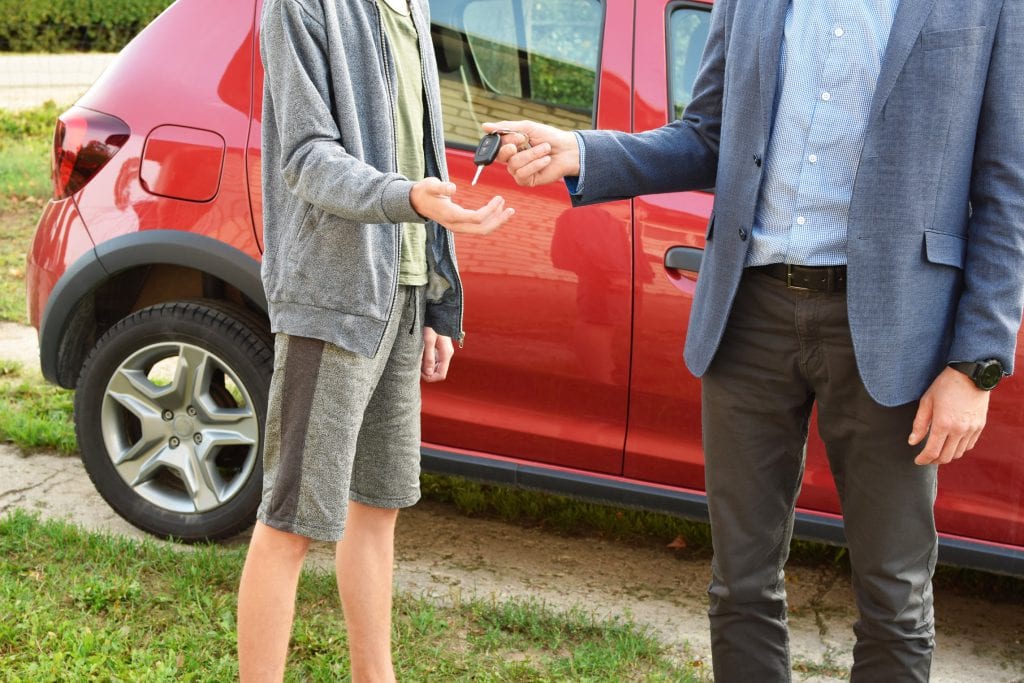
Most parents will start to think about their children driving once they have had their 17th birthday, but this is something you should reconsider.
Sally Whittle runs the blog Who’s The Mummy and she thinks parents should reconsider this stance and look at taking your children out before.
She told us: “Do consider taking your children to drive before they’re 17. We took my niece and daughter on a driving course with Land Rover, where they got to drive cars across fields and up hills. As well as being great fun, it meant that when my niece took her first official driving lesson later that year, she was much less nervous, and actually quite excited.”
While it is beneficial to take your child out early, you need to ensure that you as a parent are equipped to take them on a practice session.
Ian McIntosh of RED Driving School, said: “Another great way to ensure safe practice sessions is by working your way through a scoring system. At RED, we grade progress at each stage of the learner driving syllabus, from Guided, to Prompted, to Independent. Such scoring systems are a fantastic way to guide learners and their parents on when it’s safe to start giving practice sessions.”
Patience is key
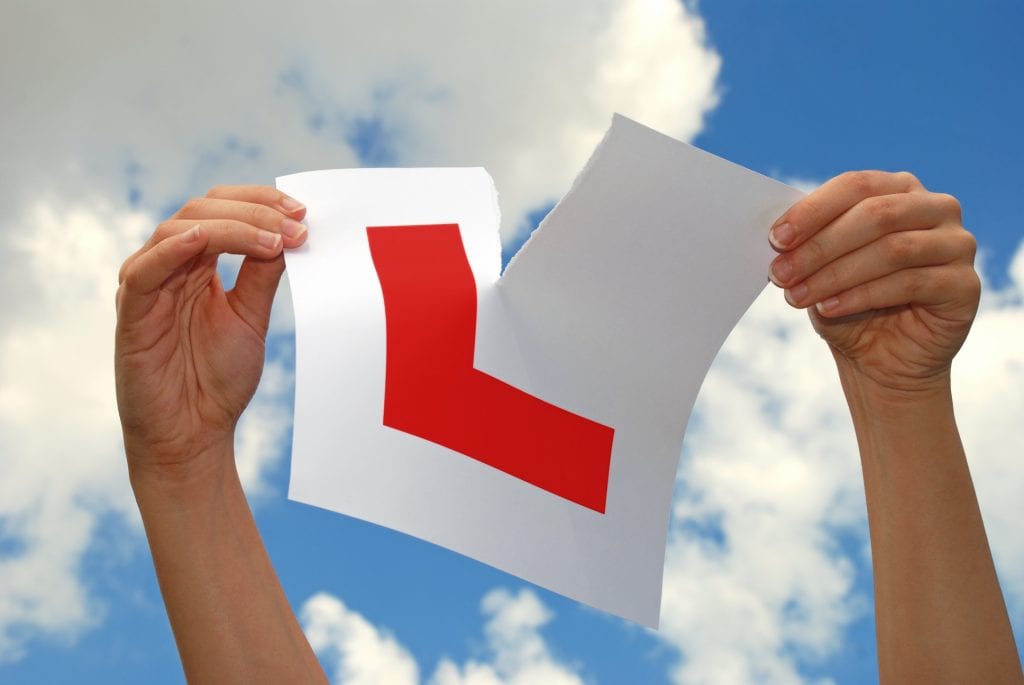
It is important that your son or daughter are feeling at ease when you are taking them out and getting irate or shouting will make matters worse.
Staying patient and not getting stressed will not only make the experience more enjoyable for them but for you too.
This is something Talya, a former editor-in-chief turned parenting blogger at Motherhood The Real Deal, believes in.
“My top tip would be to have oodles of patience and breathe! To make sure it’s not a stressful experience for both, talk about what you are going to be doing when you go out in the car together to help both of you mentally prep. Also, keep the outings short and sweet, and in familiar territory.
Set a good example
When you are driving you need to follow good driving practices, especially when your child is a passenger.
Things like trying to beat the yellow light or making sharp lane changes might get picked up by your teen and they could put this into practice when you’re teaching them.
Something that parenting blogger Sally Whittle has stressed to her daughter is not to use her phone whilst driving.
“I’ve drummed into my daughter that it’s an absolute no-no to text and drive. As parents, it’s crucial that we lead by example here. Since my daughter was small, she knows that I don’t answer the phone if I’m driving, I always pull in to reply to a text or look something up, and unless we’re using the phone for music, it stays in my bag.”
What to avoid
Don’t make assumptions
John Adams has been driving for over 20 years and something that he strongly advises parents to avoid doing as passengers is to make assumptions.
He said: “You might know what a road sign means, or who has right of way at a roundabout, but a learner driver won’t. They’re going to make mistakes, just as you did when you got behind the wheel for the first time. If a learner makes a mistake because of a lack of knowledge, that’s part of the process and you need to accept it’s going to happen.”
Don’t get agitated
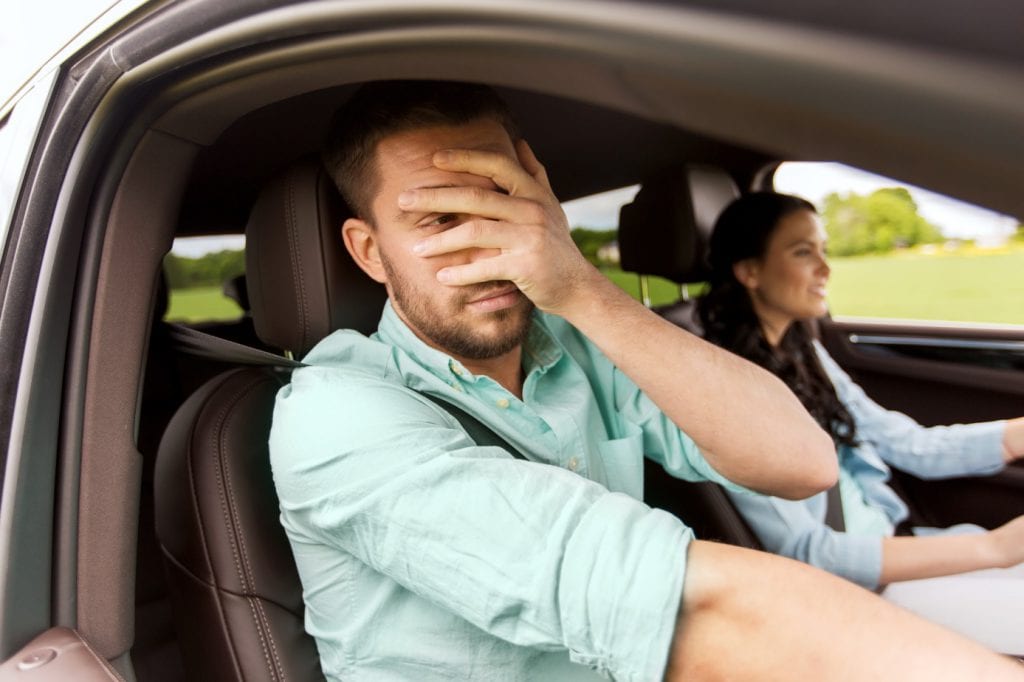
If you are getting stressed imagine what your child is thinking?
It is important to stay cool and not get agitated as this can rub off on your child and will stress them out in certain situations on the road.
Talya also feels that getting agitated is more of a hindrance than a help. She said: “It sounds obvious, but parents should not get agitated. Patience is key! Going out with a parent who is likely to get frustrated with their child’s capabilities could be more damaging than not going out with them at all!”
Don’t talk down to your child
One of the worst things you could do is to talk down to your child when they are practising driving as this could upset them.
You should avoid using comments like ‘you’re too distracted’ and should instead be precise about what you want them to do. You should also praise good performance too.
With good training and patience, your child can be one of the best drivers in the UK, it’s all about the lessons you teach them, and how you teach them. With these tips, you should be set to start giving your children good lessons that will set them up for a lifetime of good driving habits.


